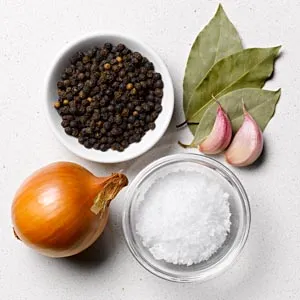Big John made my
coffee and was handing the cook a roll for my breakfast sandwich. I had an open
menu before me, and as is my compulsion when I see printed words, I started
reading it.
There is a section in
the menu dedicated to nothing but stuffed French toast and suddenly I wanted to
sample each version (especially the Nutella one).
You can get a recipe for the Nutella-stuffed French toast here.
“I want one of these,
and one of these, and one of these,” I said playfully.
He smiled as he
realized what I was referring to and began to tell me that some customers would
order burgers for lunch and some the French toast, “I guess they just think
about it since breakfast and they finally break!”
Stuffed French toast
is an excellent excuse to do brunch on a weekday, at work.
I continued to examine
the menu and saw that they offered steamed veggies. The item had a large V
printed next to it—which I took to mean Vegan given the level of hipster
gentrification going on in the neighborhood.
Next to the V there
was also a big H.
“So, what’s the H
for?” I asked, stumped in my non-caffeinated state.
“Healthy,” Big John
told me.
I think he smirked,
but that may just be my perception (colored, as it were, by coffee deprivation)…
I considered this for
all of two seconds, and then we laughed and we laughed and we laughed.
Of course we love all
the deep fried, bacon-wrapped choices in life, but steamed does not have to be
boring! Healthy can still be tasty and delicious.
I inherited a tiny
bamboo steamer from my grandmother and my kitchen is better for its presence. I
highly recommend adding a steamer as one of your go-to pieces of equipment – no
matter what level expertise you may have in the kitchen.
Most bamboo steamers
will cost between $10-50. They are low maintenance, easy to clean (warm soapy
water), and store. Cooking requires little preparation and you can eat
healthy dishes (without sacrificing taste, if you don’t want to). Food retains
its shape, nutrients, and a clean (almost unadulterated) flavor. Better yet,
cooking in a steamer is incredibly easy and relatively fast.
We are lucky to live next
to a pretty large Chinatown so we have quite a few specialty stores with a lot
of great dim sum – perfect for the little steamer. Also: you can serve dim sum in the little bamboo baskets.
You need not limit
yourself to dumplings and such treats; you can steam vegetables and seafood,
marinated meats and even rice. You also need not cook unseasoned foods because
you think this is the only way to prepare steamed foods. That’s not palatable
and the reason most people shy away from the idea unless they are perpetually
on some diet or another.
Making red snapper with ginger, red pepper and scallions in a sake/soy sauce.
Keep these tips in
mind:
- Always arrange foods in a single layer and do not crowd food items to ensure the steam reaches it in its entirety and cooks evenly.
- Always use liners when steaming, and you can use parchment paper, cheesecloth, lettuce or cabbage leaves, or banana leaves (sold in specialty markets, some supermarkets and online).
- Using a wok or a large pan is acceptable, but do keep an eye on water levels. Better still, use a deep pot but make sure that the baskets fit neatly and won’t fall in.
- Make sure the foods that will take longer to cook are placed in the bottom basket.
- If you season the water you’ll steam your foods in, it will add to the flavor and, in some cases, you can use the resulting broth in finishing and dipping sauces.
If you don’t have a steamer: get one! You’ll love it.
For more, check out
this awesome Pinterest board: http://www.pinterest.com/xemsxx/bamboo-steamer/





















